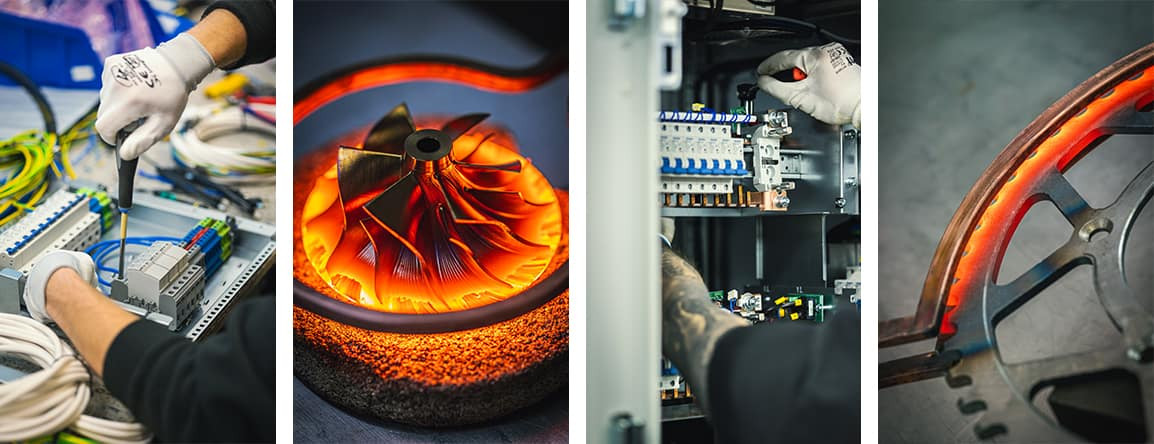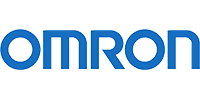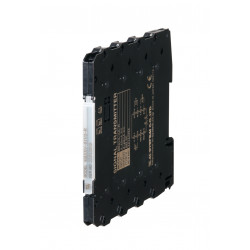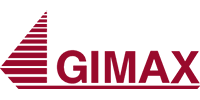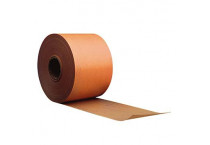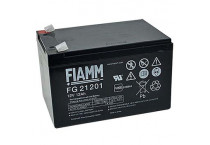Smoke detectors installed in ventilation ducts are a key component of fire safety systems in buildings. Their purpose is to quickly detect smoke inside ventilation ducts—before it spreads further through the system. One of the most advanced devices of this type is the Calectro UG8-E-24, available from DACPOL, designed with reliability, ease of installation, and long-term operation without false alarms in mind. Also available in a 230 V AC version: Calectro UG8-E-230.
Componente pentru electronică de putere, automatizări, electronice, electrice.
Categorii de produse
Vizualizați toate categoriileArticole
-
Celulele de combustie pe bază de hidrogen – aplicațiiRead more
Articolul descrie celulele de combustie pe bază de hidrogen – o tehnologie care transformă hidrogenul în energie electrică în mod eficient și ecologic. Sunt prezentate principiile de funcționare ale celulelor, aplicațiile lor în industria auto, industrială și energetică, precum și avantajele, cum ar fi realimentarea rapidă, autonomia mare și posibilitatea integrării cu surse regenerabile de energie. Această tehnologie reprezintă o soluție promițătoare pentru dezvoltarea durabilă și tranziția energetică.
-
Cum influențează răcirea și climatizarea dulapurilor durata de viață a componentelor electroniceRead more
Articolul discută importanța răcirii și climatizării dulapurilor de control pentru menținerea duratei de viață a componentelor electronice. Explică cum temperatura și umiditatea stabile îmbunătățesc fiabilitatea sistemelor industriale, descrie diferite metode de răcire, rolul designului dulapurilor și al amplasării componentelor și evidențiază eficiența energetică în instalațiile industriale moderne.





